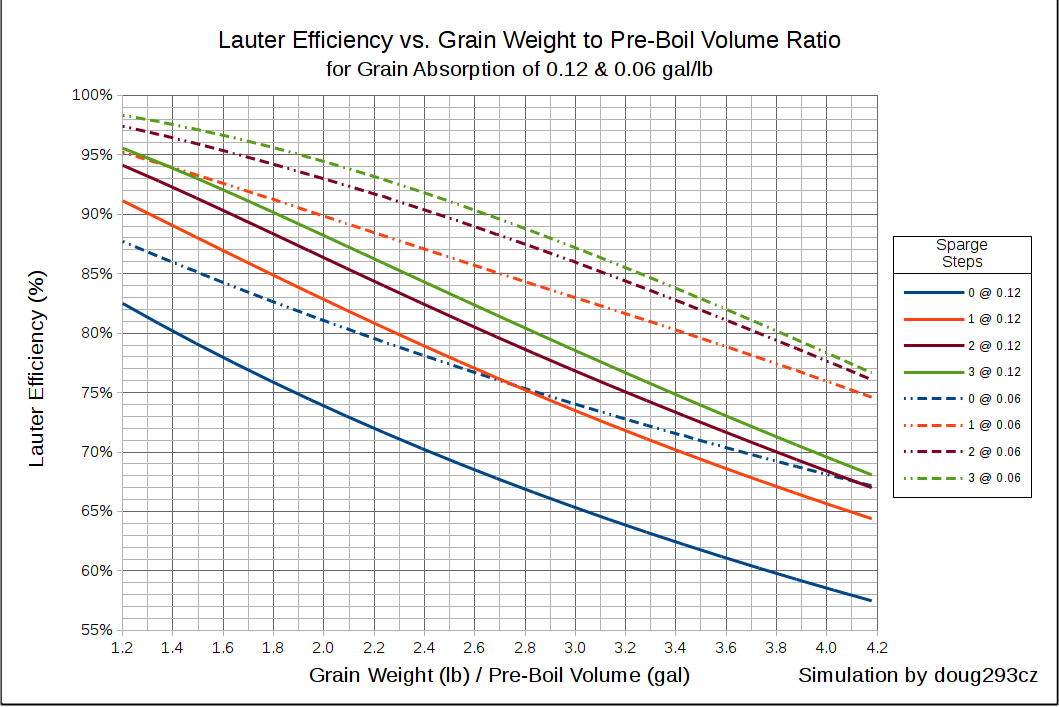- Joined
- Oct 8, 2007
- Messages
- 276
- Reaction score
- 19
I have a 10 gallon eHERMS system but am starting to develops recipes to move to the pro side in the next few years and am brewing 5 gallons most of the time. My first brew at the 5 gallon size was terrible with really bad efficiencies and I collected way too much wort due to a problem in beer smith. I’m starting to think it would just be easier to do a full volume mash at the 5 gallon size and short the brew day. So what are people getting for mash efficiency when doing that…65% with stirring and recirculating? When I do the 10 gallons I’m getting over 90% typically so I banked on that and got like 50% in back to back brews I did two weeks ago at the 5 gallon size.




